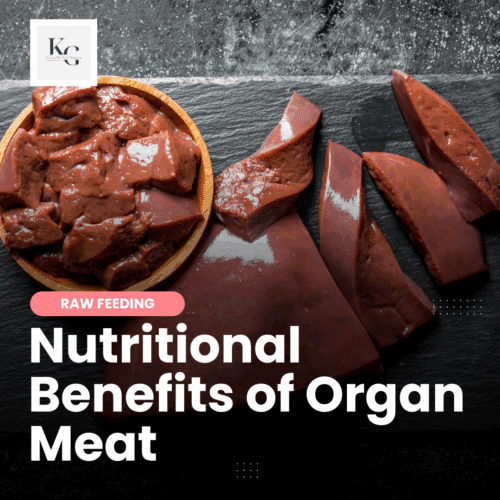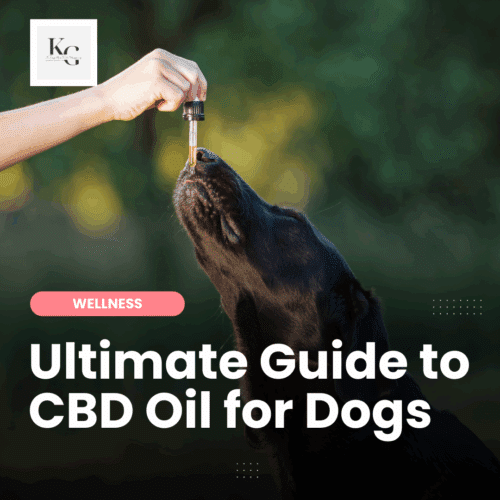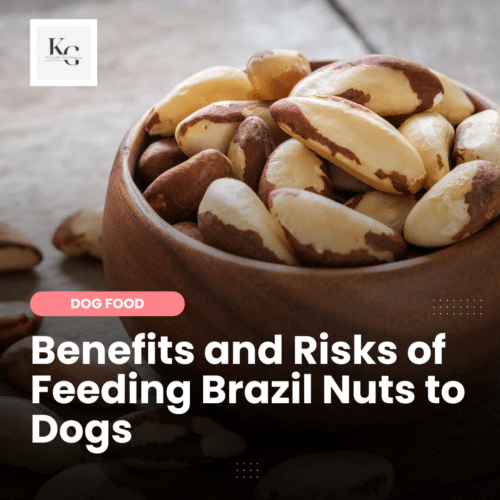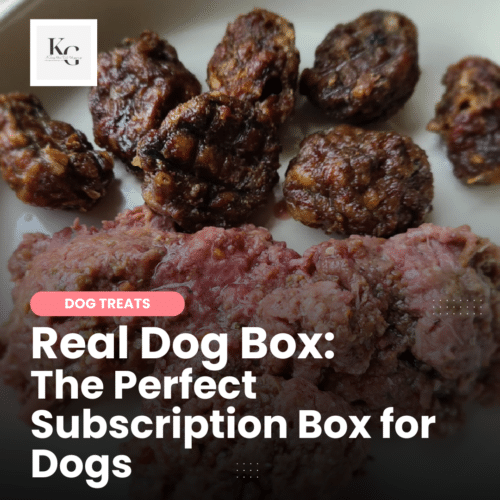Keep the Tail Wagging is supported by pet parents. I occasionally earn a commission (at no additional cost to you) when you click through an affiliate link to one of my favorite products. Thank you for your support. Read More
Over the past few months of living through a pandemic, I've seen people excitedly share pics of their new puppy and others warning people not to bring the puppy home now because we will all be returning to work. The decision to adopt a puppy shouldn't be made on a whim because this is a huge commitment and a significant investment.
Especially if you plan to feed raw or adopt littermates (like we did).
The following is a list of costs to consider when adopting a puppy. I only have a few costs listed because they vary depending on where you live.
Adoption Fees (Pacific Northwest)
Most of our dogs came from a rescue; ten years ago, the adoption fee was $200; today, the fee is more than $400; even higher with some purebred or giant breed dogs. The increase in adoption fees reflects the higher costs of caring for the puppies before adoption.
Initial Veterinarian Costs
Although my dogs are raw fed and only go to the veterinarian's office once or twice a year for wellness checks, they do have a series of puppy appointments for initial vaccinations (and annual boosters) and spay and neuter surgery (recommended around 12-18 months for large dogs). Starting at 16 months of age, I start taking my dogs in for annual blood work.
These costs vary based on where you live:
- Vaccinations – $100 appointment
- Spay and Neuter – $300 to $400, sometimes more. These appointments also require bloodwork, which may cost $120-$150.
When adopting puppies, the cost of the spay/neuter surgery and initial vaccinations may be included in the adoption fee.
Vaccination Protocol
I follow a vaccination protocol inspired by Dr. Laurie Coger, founder of Healthy Dog Workshop and Healthy Dog Expo.
My dogs receive their puppy vaccinations, one-year boosters, and a final booster five to six years later. I do not vaccinate senior dogs. Because my dogs don't travel or attend daycare, nor do I board them at a kennel, I feel that I can be more conservative.
If pressed to vaccinate, I would choose to titer, utilizing an affordable service offered by Dr. Laurie Coger.
Spay and Neuter Surgery
I believe in spaying and neutering my dogs; our dogs were altered before adoption or around nine months of age. Some veterinarian-formulated supplements claim to compensate for an early spay/neuter; however, no studies support these claims. I do not use these supplements.
Annual Blood Work
Annual blood work is important and may provide early signs of a health issue. The blood work for raw-fed dogs differs from the results from dogs fed commercial dry dog food, so it's important to work with an integrative vet familiar with caring for raw-fed dogs.
Hematocrit (PCV)
Hematocrit is a key measurement indicating the percentage of red blood cells in the entire blood sample. Decreased Hematocrit levels are a sign of anemia, and several factors, such as inadequate nutrition, parasitic infections, or chronic diseases like cancer and liver disease, may be to blame. On the other hand, elevated Hematocrit values, typically associated with dehydration, can be a more significant concern for dogs consuming dry kibble as their primary diet due to its lower moisture content.
Dogs following a raw food diet are more likely to obtain sufficient iron and vitamin B from their high-quality protein-rich meals.
Blood Urea Nitrogen (BUN)
BUN is a byproduct that originates from the breakdown of proteins in the liver. Insufficient protein intake, malabsorption, or liver damage are the most common factors contributing to low levels of BUN. Conversely, elevated levels can be attributed to kidney damage, certain medications, inadequate fluid intake, intestinal bleeding, exercise, heart failure, or reduced production of digestive enzymes by the pancreas.
Notably, raw fed dogs generally exhibit higher BUN levels due to their higher protein consumption.
Creatine
Creatinine serves as a byproduct of protein breakdown in the body and acts as a reliable indicator of one's muscle mass. Insufficient protein intake, liver disease, kidney damage, or pregnancy often result in low creatinine levels. On the other hand, elevated creatinine levels are typically indicative of kidney damage and necessitate careful monitoring. It is essential to remain vigilant in order to address any potential issues effectively.
Because raw fed dogs are fed a healthy diet higher in animal protein, their creatine values may also be slightly higher.
To keep the cost of bloodwork down, I spread out our dogs' appointments throughout the year.
Puppy Training Classes
I'm not a dog training savant, so dog training is important, and I prefer to work with a private trainer. It's tempting to believe that a cute puppy is too young and put off training for later, but if you wait too long, you may have a horribly behaved and poorly socialized big dog in less than a year.
And please don't make the mistake of replacing dog parks with puppy classes—your puppy will learn many bad habits if placed in an unstructured environment.
Dayton Cummings, Kilted K9 (recommended)
I prefer to work with balanced dog trainers; many local trainers offer group and one-on-one training. I work with a dog trainer on the East Coast (we live on the West Coast) – Dayton Cummings of Kilted K9 is a down-to-earth dog trainer who tailors his training to the dogs. When I work with him, we have a phone conversation or Zoom chat to review what I want to work on, and he gives me homework for the week. Dayton even sends a video of the homework, and he's always available for follow-up questions.
Puppy classes are great for socialization as they expose your puppy to new people, places (if you go to a facility), and other dogs (if it's a group class). They're a great start for puppies, provide a bonding experience with you and your puppy, and spotlight areas for you to work on with your puppy.
Puppy classes cost about $150 each (an introductory and advanced class is recommended locally). And a private dog trainer bills $75/hour (more if you're training more than one dog).
Supplies for Your New Dog or Puppy
Puppies need things, and it's easy to go nuts in the excitement of bringing a puppy home. Here is a shopping list to get you started:
Dog Food – I feed raw, and because a puppy must be fed a balanced diet daily to support their growth, I recommend starting with a commercial raw diet. Our dogs started with Darwin's Natural Pet Products. Another trusted brand is Raw Paws Pet Food. These brands ship directly to your door, and they're not the only great brands available. You can also visit your local, independent pet store to learn more about fresh food options for your puppy.
Food and Water Dishes – puppies can be messy, so I prefer dishes on a mat when they're small, and I transition to a Neater Feeder when they are bigger (around six months old). The Neater Feeder keeps the food and water from going all over the place by capturing it in the feeder – and it's easy to clean.
Collar – each dog is unique, and I use different collars (or no collar at all). We have regular collars for daily use, martingale collars for walks, and harnesses for my senior dogs (because it's what works for them).
Leash – I like 6′ leather leashes (they're sturdy and last forever) and a 50′ fabric leash, which is great for teaching recall. We live on five acres, and until a dog has a solid recall (for me, this is 95% and higher), then they are on a training lead. Leashes are also great for training inside the home too.
Poop Bags – I have a drawer full of Earth Rated dog poop bags that are great for cleaning up during potty training and on walks. I keep a roll in my purse, several in my car, and a few of my coats have a roll in the pockets.
Dog Kennel/Crate/Pen – Puppies need a place to settle down and sleep; I think crate training is valuable. Speak with your dog trainer about the best product for your puppy or dog.
Dog Treats – I invested in a dehydrator and make my own dog treats. I also have a monthly treats and chews subscription from Real Dog Box, which allows me to feed a variety of high-quality protein treats and chews at an affordable price.
Dog Bed – I think it's important to invest in a quality dog bed that will last for years. Big Barker creates my favorite dog beds. If you're working with a tight budget (or a destructive puppy), I suggest starting with two Costco beds, stacking one on the other.
Toys/Chew Toys – Toys are a must for a puppy. I think it's important to buy age-appropriate toys, only give them to a puppy when you can supervise, and avoid anything that can be swallowed. Toys with different colors, textures, and features are a must for a developing puppy. Puzzle and treat-dispensing toys are fun. If you shop online often, save the smaller boxes – you can also create a fun game by hiding treats beneath empty boxes. I've found excellent deals on dog toys at Marshalls, TJ Maxx, and Home Goods.
Training Tools – I'm a huge fan of clicker training. I also use a whistle to teach recall (the dogs hear the whistle and know that they're getting a treat).
Potty Pads – potty pads can slow training with some dogs. I use these for young puppies during the first week they join our family. I quickly transition to taking the puppy outside after naps, meals, and play. In my experience, some puppies pick up on potty training within a couple of weeks, some may take longer. Consistency is key.
Dental Products/Chews – the chews you give to your puppy depend on their age. I prefer duck necks and chicken necks for puppies – either raw or air-dried. Air-dried chews are great for keeping teeth clean and satisfying a puppy's chew drive. I do not like dog dental treats because I question the ingredients and sourcing.
Grooming Products – if your dog doesn't require professional grooming, visit your local independent pet store (or groomer) to ask for recommendations on nail clippers and brushes. I prefer natural shampoos, coat conditioners, and flea repellents; alternating between the following:
Flea and Tick Repellents – chemical flea and tick repellents have been linked to neurological issues and cancer. I alternate between several natural flea and tick repellents, the main one that I reach for is by Kin+Kind. And I alternate their product with essential oils formulated by Dr. Melissa Shelton of animalEO.
I also add a garlic supplement to my adult dogs' meals (never puppies 6 months or younger). The study that found garlic to be toxic to dogs was flawed and has since been debunked.
Stain and Odor Remover – with a puppy comes messes, smells, stains, and more. I mainly use vinegar and essential oils to clean the house, but for the tougher stains, I like three products:
- Nature's Miracle Advanced Dog Stain and Odor Remover (for really tough stains)
- Skout's Honor Professional Strength Stain and Odor Remover
- Skout's Honor Professional Strength Urine Destroyer
Yes, Nature's Miracle doesn't fall into my “natural” trend in this post, but it works. I don't use it daily, just on really tough stains. It's a miracle.
Adopting a Dog isn't Cheap – Get Pet Insurance
If you believe you'll add money to a savings account for emergencies, I'd encourage you to invest in pet insurance. I've had to use pet insurance five times over the past decade, with the lowest-cost vet bill totaling $2,000 and the highest going over $25,000. You never know when a health emergency will happen, and it's best not to be caught off guard.
Two companies I recommend are Embrace Pet Insurance and Trupanion Pet Insurance. I've experienced working with both companies and couldn't be happier with their customer service, compassion, and cost. Both companies cover a lot. Monthly premiums have increased, but both companies allow you to update the deductible and payout percentage to decrease the premiums.
Another important difference is that Trupanion doesn't reset each year – if my dog is diagnosed with cancer in February, I don't have to pay for the deductible again the following January if my dog is still in treatment. With Embrace, I have a $10,000 cap, and once I hit that cap, Embrace won't cover again until the year resets. However, you can work with Embrace to upgrade your coverage if needed.
Before You Adopt a Dog or Puppy
Long story short – don't get a puppy or a dog on a whim. Do your research first. If a litter of puppies tempts you, remember that there will always be more puppies. Your job is to ensure that you can afford to raise a dog, that your lifestyle matches the puppy or dog you're considering, and that you have the time it takes to raise a happy, healthy dog.

















Wow! That is such an affordable price for a labradoodle puppy – breeders in our area start at $1000 and go up. This is out of my budget and I really like to rescue. Our favorite breeds have been a mix of Australian Shepherd and Blue Heeler. Great mix. We’re now starting to love Catahoula too, because of Scout.
The cost of the puppy is completely depended on the breed of puppy which you are looking for. I bought a labradoodle puppy at $300, it is a male puppy that weighs 35lb. And if you really love puppies then they are definitely worth.
Great post to outline the true cost of dog ownership. A lot of people make impulse buys and find out they really can’t afford to provide their dog the care they require. Hopefully this post will help people decide before they bring a new dog home.
p.s. At our local pound, you can adopt a dog that is spayed/neutered with all vaccinations etc. Pretty good deal if you aren’t bent on having a pure-bread.
I hear ya – I spent $40 at Target yesterdays – 3 toys, 3 Nylabones, 1 box of Cheerios (their snack). I hate to hear stories of people who surrender their dogs because of the cost.
I shudder when I think of how much money we’ve spent on the dogs in the last 3 years! This is crucial information, because if people don’t realise the costs up-front ,they can be in for a rude awakening. Our biggest necessary expense has probably been boarding the dogs when we go away on holiday. As for unnecessary expenses….well, that’s a can of worms; I can’t remember how many dog toys I’ve bought for them and dog beds. 🙂 But you’re right, they’re absolutely worth it.
Thanks for all the good info, it really helped me make my decision. You make an excellent point, and the responses from readers were very helpful too!
We have a new puppy at home and he’s adorable. Not only are we having fun with him, we’re relearning the importance of dog training. It’s wonderful seeing his interaction with our 2 year old dogs.
Thanks for stopping by!
Kimberly
I definitely agree with you when you said that puppies are worth it. Our whole family loves taking care of our dogs because it instills in us values and makes us responsible for living creatures.
I’ll have to check out the dollar store. I haven’t thought of them. Thanks for the tip!
I get so upset when people get pets without doing the proper research or without being fully committed to them. They are expensive, they need attention but if you got the pet for the right reason, they are so worth it.
Good post! Dogs (pets, actually!) can have many hidden costs. My pup was a bargain, as I got her as an adult from the county shelter. Her adoption fee was $40 and she didn’t need any puppy shots, and was already spayed. Definitely look into municipal animal control when adopting – usually lots of great dogs & cats there for low adoption fees.
I *love* Ross for dog toys! 🙂 My other great source is the dollar store – I’ve found toys, leashes, even a nail clipper that would normally be $10, for a buck. I also totally agree with your points about grooming and cleanup. I love my dog, but I would probably think a bit harder about adopting a long haired dog in the future.
Your welcome. You deserve it for all your hard work.
Sheba.
Wow! Thanks! This is my first award!
I have just gave you an award check it out here.
http://ian-mydogshebaslifestory.blogspot.co.uk/2012/06/my-blog-awards.html
Sheba.